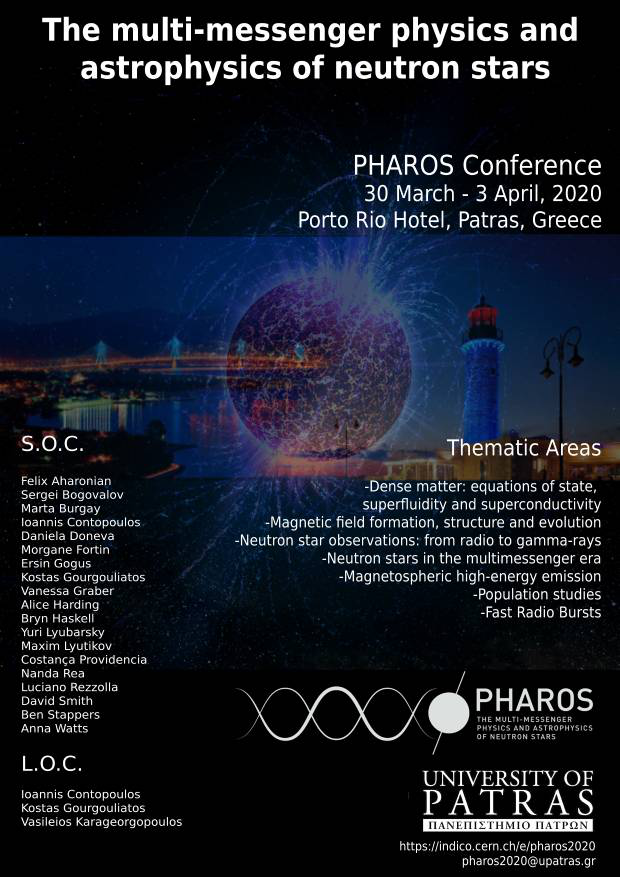Speaker
Description
The detection of the binary neutron star merger (GW170817) marked the first multi-wavelength light and gravitational waves detection of a neutron star merger. While gravitational waves can provide us information about the mass and spin of the pre-merger system, the resulting merger and accretion disk, created by a combination of tidally disrupted material and the dynamical ejecta are responsible for the formation of jets and radioactive outflows, i.e. the kilonova. Theoretically, however, our current understanding of post-mergers systems is limited, especially the role of magnetic effects. It is known that the initial magnetic field configuration within post-merger accretion disks can substantially affect the amount of material accreted onto the black hole, occurring within a few hundred ms after the merger. However, it is unknown how this deeply rooted parameter can affect the long timescale evolution, specifically, in the afterglow, in which outflows can shock the circumburst medium, accelerating particles. These relativistic particles can radiate up to or exceeding thousands of days. To probe the importance of the initial magnetic field configuration, we utilize 3D general relativistic magneto-hydrodynamic (GR-MHD) simulations to investigate the resulting power within all outflows and jets as well as its spatial and velocity distribution. Here, I will present the long-duration afterglow lightcurves produced from structured outflows, containing relativistic jets and mildly relativistic disk winds. The outflows power distribution is coming from 3 different simulation runs for 3 different magnetic field configurations; 2 poloidal and 1 toroidal. In this, I will describe the key differences between each model, discussing how the initial magnetic configuration imprints itself on the long-term afterglow emission while comparing with current multi-wavelength observations.

